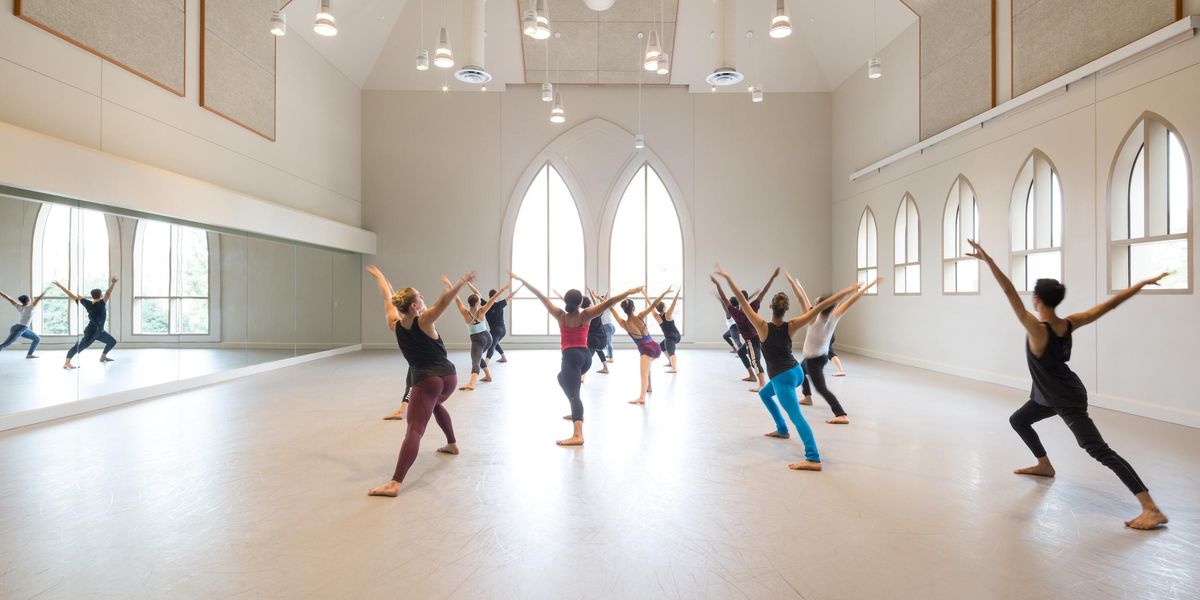Quick Q&A: Liam Scarlett
The British choreographer is something of a prodigy.
Liam Scarlett, an unfailingly polite guy, creates work that’s anything but just “nice.” The 25-year-old Royal Ballet dancer stunned critics with his first work for the Royal Opera House mainstage,
Asphodel Meadows, in 2010. It was so successful that the company performed it again the following year. Scarlett made his first piece at age 11, on fellow students at The Royal Ballet’s lower school, White Lodge. He joined the company in 2005 and was promoted to first artist after three seasons. Scarlett mounts his second work for the mainstage this month.
In January, American audiences got a first look at the intriguing choreographer’s work with
Viscera for Miami City Ballet, which received a standing ovation opening night (and he’s been invited back to make another piece for MCB next season). Scarlett spoke with associate editor Kina Poon shortly after Viscera’s premiere.
How did Edward Villella commission you to make this piece?
He came and saw the first dress rehearsal of Asphodel Meadows. I had a million things going through my head—about costumes and spacing and all of that. It was as the [elevator] doors were shutting, he shouted, “Come and choreograph something!” And I said, “Yes!” And then the doors shut. It didn’t really sink in until I got back up to the dressing room—Hang on, he did actually just ask me if I’d do something for Miami City Ballet! It was a big honor, completely on another level.
You have choreographed for the Royal and other British companies like Ballet Black and the Ballet Boyz, but this was your first American commission. How did you get to know the company? Seeing them in class was one thing, but seeing them in performance was just spellbinding. I knew as soon as I saw that kind of passion and commitment— it was actually in Balanchine’s Western Symphony—that this is going to be fine. They’re a wonderful group, and the nicest people you could possibly meet.
What was the choreographic process like?
Creating for me needs to be a dialogue with the dancers. It was like they worked with a choreographer for every single day of their lives. It was just outstanding, the kind of feedback and input that they gave. It was a real collaboration.
What do you look for in a dancer?
Being able to really delve into the music and play with its nuances and almost create a melody of your own that fits harmoniously with what is playing in the pit. Dancers who let themselves go, dance with that abandon and really channel the music. I like the use of the upper back, especially with the women. It’s a very sensuous part, and something that I’ve noticed in today’s ballets is getting kind of lost.
Who did you especially click with?
Jeanette Delgado, who does the principal woman and also the pas de deux. One role is powerful and fast and just a meaty role, and the other is also very powerful but it has a more resonant tone to it, a slightly deeper meaning. Jeanette just got the whole piece from day one—the musicality, the style, the substance, the nuances.
I think it was because of her that the whole company stepped up their game. The first run-through that we did, there were dropped jaws, because I don’t think anyone had really seen her dance like that before. And that was one of my aims—to really push the company, to go one step further.
Your new piece for the Royal is on a shared bill with Christopher Wheeldon and Wayne McGregor. Does that add even more pressure to the premiere?
I try not to think about that. One of the things with starting so young is that there’s a certain naivety that comes with that young age. There’s always been a kind of abandon to my work. It’s not bogged down with trying to please the audience. It’s being true to yourself, true to the dancers, true to the music. It’s never been a public show of pleasing people, because then you end up with something superficial. It might look great, but it doesn’t sink down into people’s hearts.
Who has supported your choreographic career?
From day one, Monica Mason gave me little bits and bobs to do: pas de deux for the principals, and then graduating to bigger pieces until she commissioned me to do Asphodel Meadows. And even for me to come and do this with Miami City—I still have my corps de ballet job back at home, and she’s been fantastic at letting me go and further my knowledge of choreography.
How do you balance being a dancer and a choreographer?
With great difficulty! I can’t complain because I do have the best job in the world and I wouldn’t change anything. But I know there’s going to be a time when choreography will take over. It’s the thing that I really want to do, that I have a great passion for. So I’m enjoying my dancing while I can, but I know the end is coming.
What do you hope to accomplish in the next few years?
It would be great to work with as many companies as possible. Every company, and inevitably every dancer, teaches me something different. And the big dream would be to have a nice full-length somewhere.
From top: Liam Scarlett; MCB rehearses
Viscera. Photos courtesy MCB.




